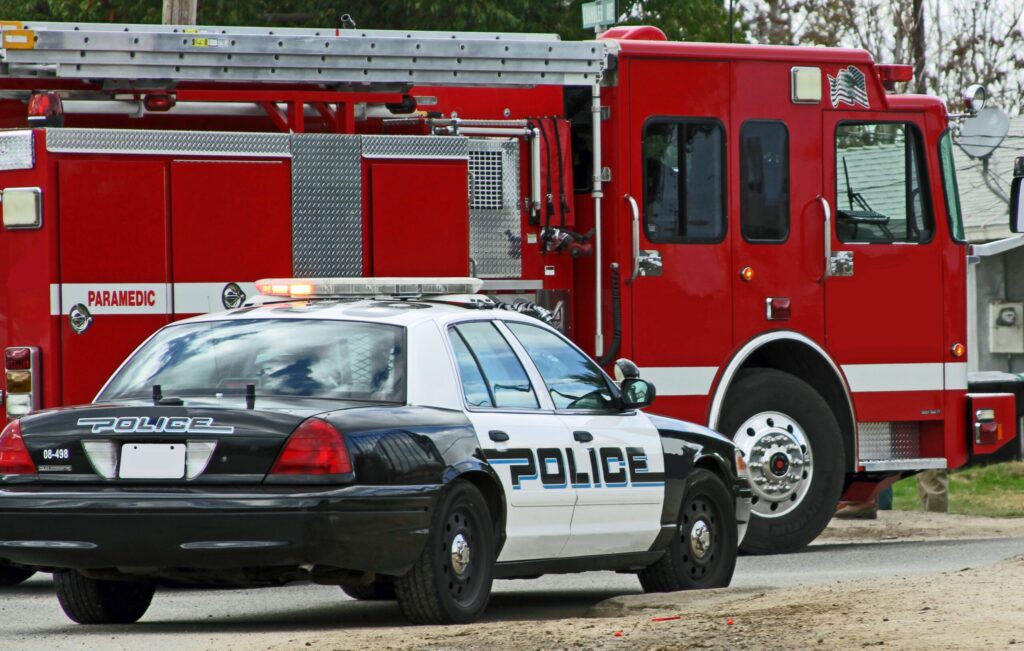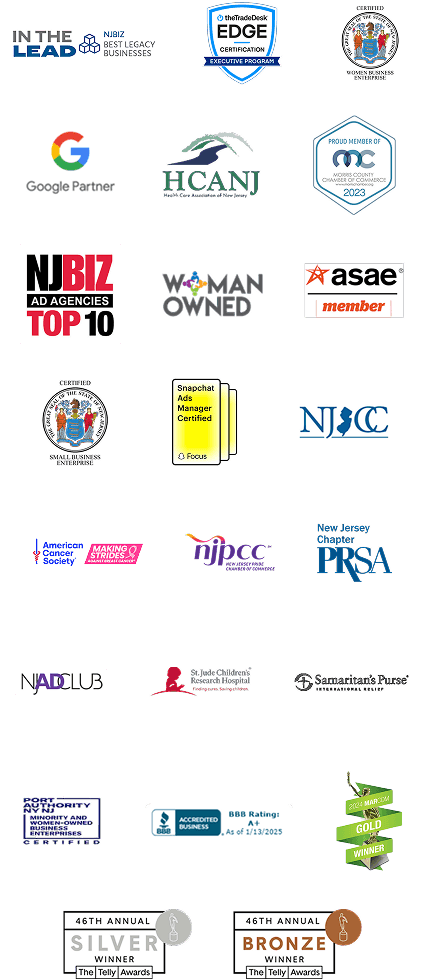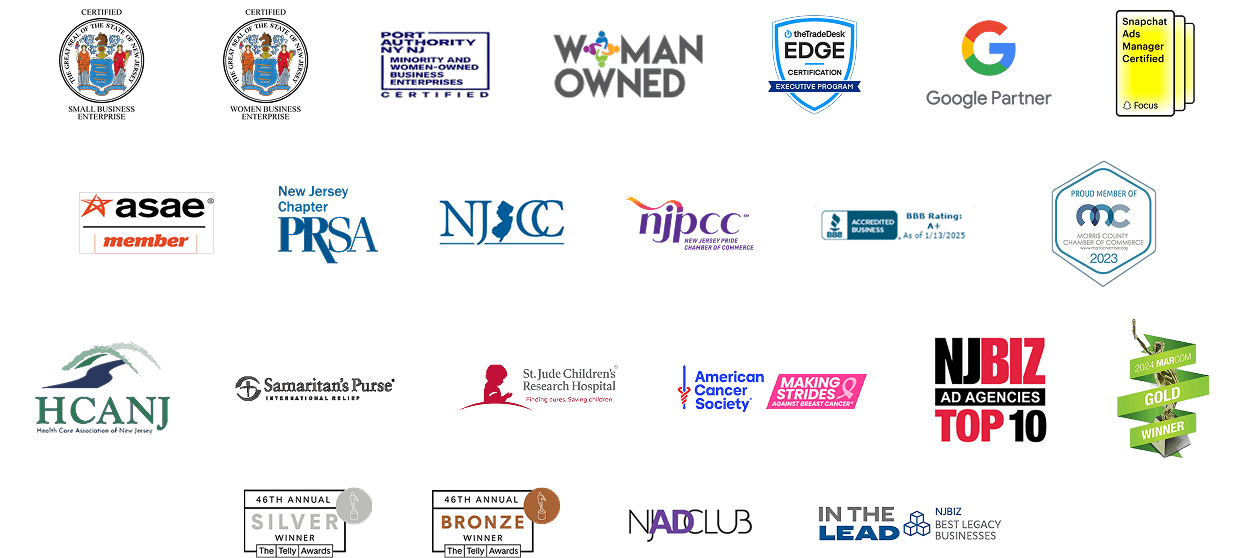Police, First-Responder recruitment – It’s not a job for everyone —

WHIPPANY, NJ and HADDONFIELD, NJ (March 2024) – Law enforcement agencies and departments across the country are finding it increasingly difficult to hire the officers they desperately need. It’s a significant public safety issue, one that’s attracting attention from elected officials, community advocates, and the news media.



